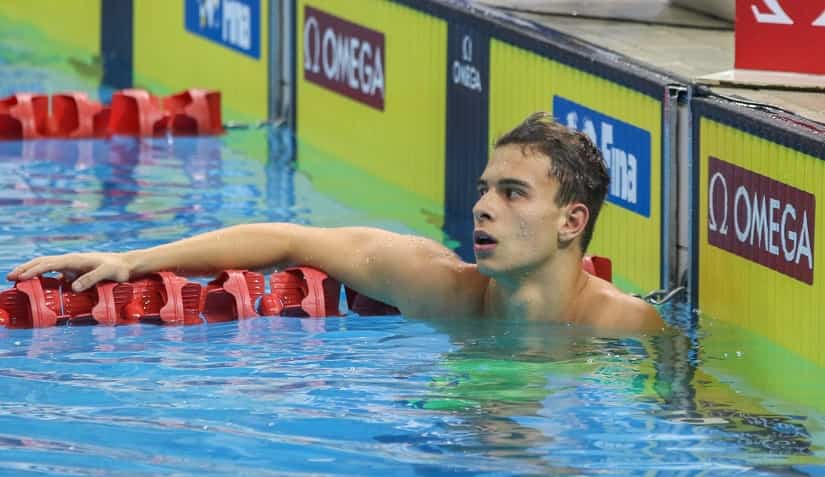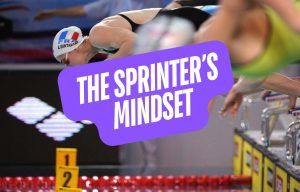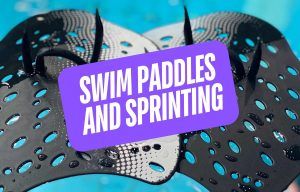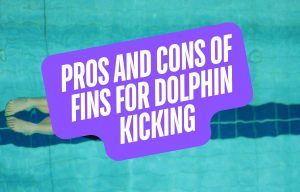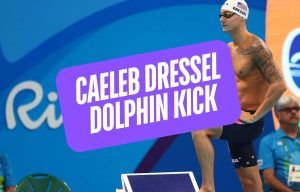Here is your 5-point plan to survive the brutal training to come over the holiday break.
The holidays are a magical time. Getting snowed in, watching the burning log channel for hours on end, and getting totally hammered at the pool for a couple weeks with distance sprint sets.
Like most swimmers, the hardest training I ever did as an age grouper was completed over the holiday break.
With none of that pesky school stuff to get in the way (except for the mean teachers who assigned homework over the break—it’s a “break”, no?) our coaches had free reign to come up with some devastating swim practices with which to push us to the edge with.
Here are five things you can do in order to not only survive the holiday training, but conquer it:
1. Eat better.
Cookies. Cookies, everywhere. And candy. And pie. Ohmagod all the food.
The holidays are fantastic for a few different reasons. You get to see some family (okay, maybe not always the greatest, but hey, they’re relations and all that). You get some time off from school (not enough, maybe, but better then nothing!).
And there is food everywhere.
Besides fruit cake, it’s go time for your mouth and belly. Which makes it super hard to restrain yourself and stick to your awesome eating habits.
The fact is, eating a well balanced diet will help you recover faster, give you a better overall sense of being (no gut rot from crushing a box of cookies overnight), and will help you perform like a boss during the pile-up of ridiculous workouts.
2. Throw some compression on under your long johns.
Compression garments have become all the rage over the past few years, with athletes across almost all sports rocking them in one form or another.
While their performance benefits are a little murky and not quite proven, they have been shown to help with recovery.
Research has shown that they are helpful in clearing metabolic waste and promote tissue regeneration, which will help increase muscle function after the three hour thrashing at early morning practice.
Another study done with soccer players found that DOMS (delayed onset muscle soreness) was reduced by over 26% when they wore compression gear while exercising. (Not altogether helpful for our performance in the pool, but good to know during dryland.)
3. Sleep more.
This one shouldn’t be too hard to accomplish, right?
It gets dark at 4:00pm, the workouts are utterly destroying you, and you have some sizable breaks between practices to nap it out after the morning sessions.
The holiday break is a great time to also get fully caught up on your sleep. Sleep deprivation doesn’t just happen after a few nights of shortened sleep—it can accumulate over weeks, months, even years.
If you were burning the candle from both ends over the fall now is a great time to let your body catch up on some much-needed sleep. Naps, sleep ins, and early bed times are all encouraged and recommended.
Sleep in particular will be your go-to recovery weapon for holiday training.
We’ve all hard those big sets and workouts that had us walk through the door after practice, forgo eating anything, and collapsing into bed from sheer exhaustion.
With no school to get in the way of our pillow time, make the most of it.
4. Meal prep/plan.
I have been going on a meal prep tangent recently, and with good reason—it works, man.
With a break from school you don’t really have the excuse that you don’t have time to do some basic meal prepping for after your workouts.
The holiday season is a time of gifts for swimmers and their family, and it’s also a time where we stuff our faces with reckless abandon. We justify it easily—we’re swimmers, gotta fuel up! Especially with these cookies right here! Cookie Monster-styles!
As far as nutrition strategies for swimmers go, this one is a no-brainer. It will help you avoid some of the less healthier options that are going to be filling the fridge over the next few weeks.
After all, the biggest benefit to meal prepping is that it helps make the healthy choice the convenient choice.
5. Get your warm-downs in.
I’ll admit, I’m not always Johnny-on-the-spot when it comes to warming down, and I know most of you aren’t either.
By the end of a two hour workout into which you’ve poured your all into the last thing we wanna do is swim through another 10ish minutes of light swimming.
But doing the warm-down at the end of practice can not only help you start to recover quicker, but it will also help your performance tomorrow.
In a study done with track athletes researchers found that there were significant strength and power declines 24 hours after practice when athletes didn’t perform a 20-minute jet massage. The researchers suggest that the light jostling helped the nervous system to recover a faster compared to a passive recovery. (Similarly, you could always use a foam roller to help initiate your recovery as well.)
In other words, it’s not just lactate removal that your coach has you do warm-down for—it’s to help all of your body’s systems begin the recovery process much faster.
The Takeaway
The holiday training camp is a period where you will do some of the best training you’ll ever have a chance to perform. I can look back on mine now with nostalgia, all the 10×400 IMs, the descending 1000s, and the New Years classic—100×100.
Take a couple of these high performance recovery strategies to your holiday training camp this year. Not only will you swim better and faster in practice, but you will reap the rewards of that hard work later in the year when it matters most.

